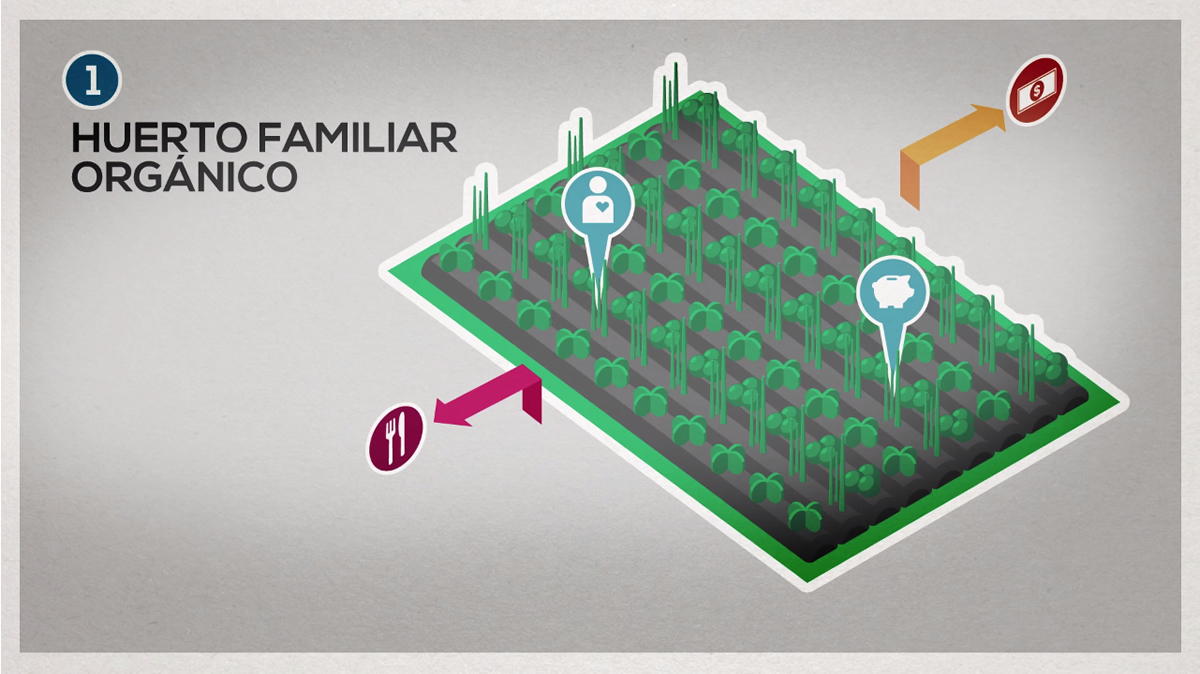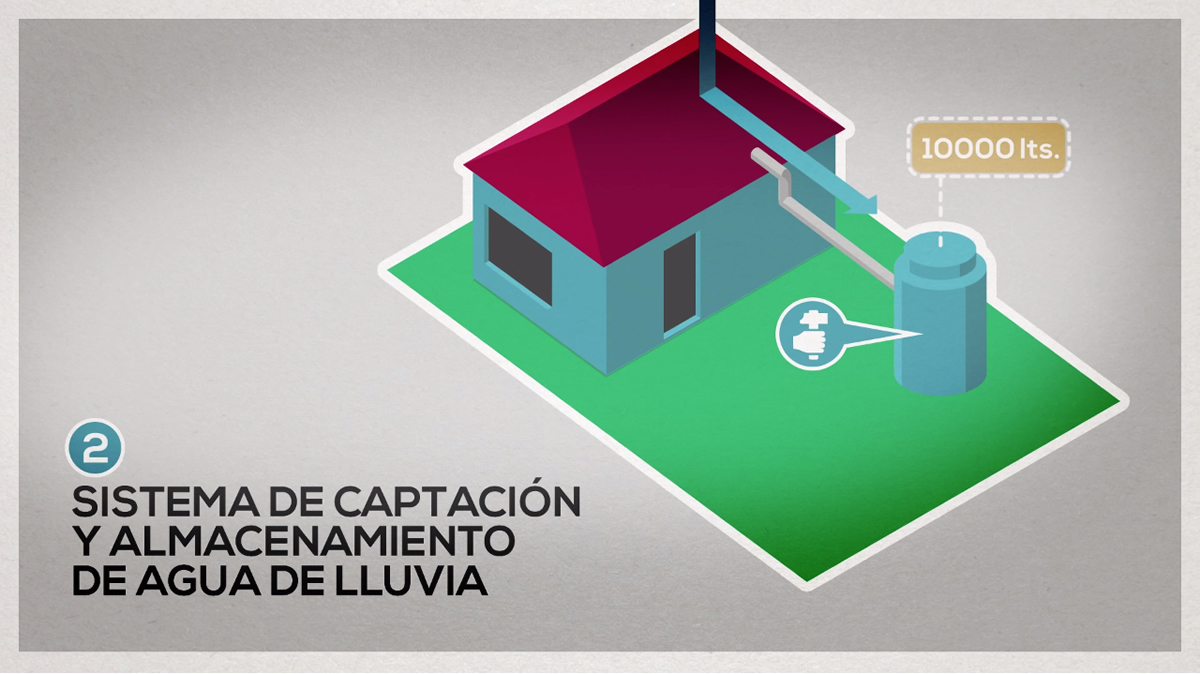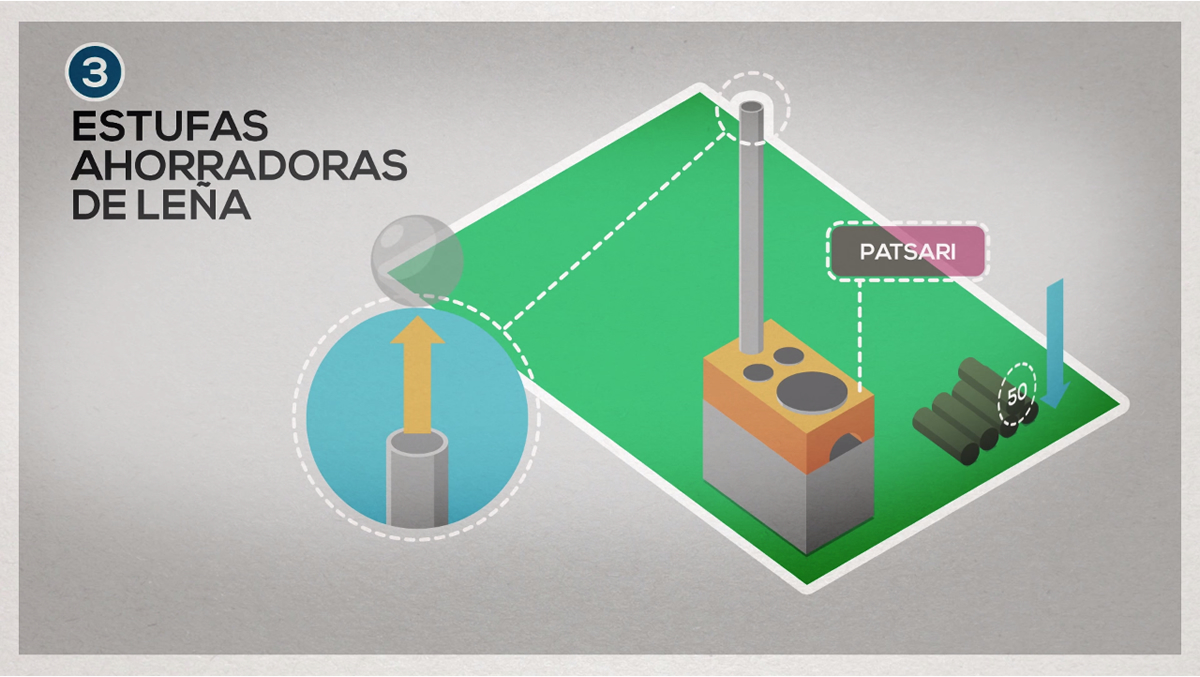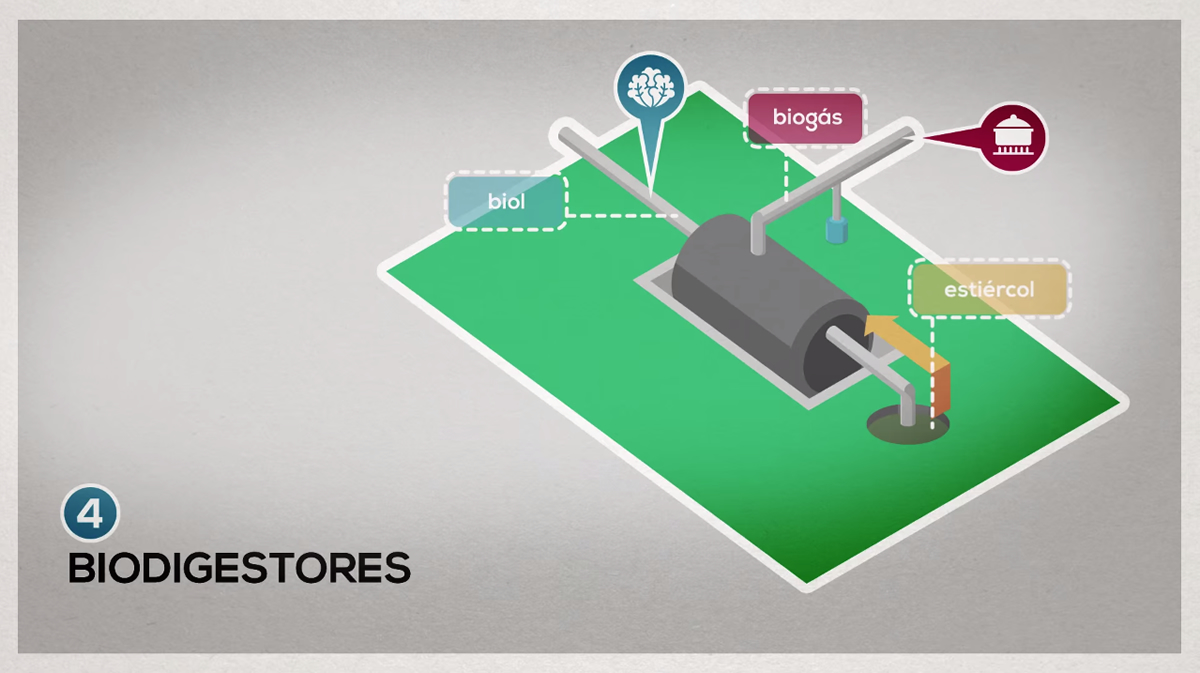SUSTAINABLE “BACKYARD PLOTS”
SUSTAINABLE “BACKYARD PLOTS”
Many rural homes in Mexico have an area known as a “solar” where a range of activities including small-scale agriculture, livestock care and waste management take place.
Since 2014, we have implemented a sustainable solar model to activate use and production within these backyard areas in rural households. We use various processes and eco-technologies to generate economic and social benefits, as well as to improve the natural environment surrounding the homes. The main components of our sustainable backyard plots are:
- Organic family garden: These grow vegetables and herbs both for self-sufficiency and for sale at local markets; this improves family nutrition and allows families to save money in regards to food purchases.
- Rainwater collection system: Rainwater is collected from the roof, stored in a cistern and then used for both the garden and household consumption.
- Wood-saving stoves: We use the Patsari model, which reduces wood consumption by up to 50%, and has had huge effects in preventing both respiratory and eye diseases.
- Bio-digesters and worm compost: Gas is generated from manure, then used for cooking. Worm compost is a very useful and safe organic fertilizer which is then used in the garden as well as in family agricultural plots.
SUSTAINABLE “BACKYARD PLOT” COMPONENTS
These infographics show each of the components installed in participating family backyards, as seen in our project in the Huasteca region of Veracruz.
SUSTAINABLE SCHOOLS IN THE HUASTECA VERACRUZANA
As our sustainable plots project working with rural tabacco-growing families in the Huasteca region of in Veracruz grew and evolved, in 2015 we also began working with 11 regional schools. Working with these schools, ranging from primaries to high schools, we have implemented various types of eco-technologies and provided teacher training in order to reinforce the vision of sustainable development within the classrooms with their students.






